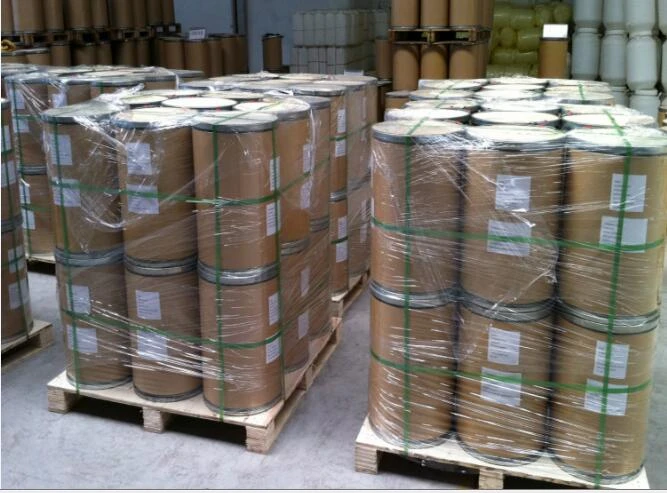The Chemical Profile and Applications of 4-Bromobenzotrifluoride
4-Bromobenzotrifluoride (BBTF) is a significant organic compound belonging to the class of halogenated aromatic hydrocarbons. It is characterized by the presence of a bromine atom and three fluorine atoms attached to a benzene ring, specifically at the para position. This unique structural arrangement imparts distinctive chemical properties, making it a compound of interest in various chemical industries.
Chemical Structure and Properties
The chemical formula for 4-bromobenzotrifluoride is C7H4BrF3. The molecular structure can be represented as follows
``` F | Br—C6H4—CF3 ```
The bromine and trifluoromethyl groups (–CF3) modify the electronic characteristics of the benzene ring, enhancing its electrophilic nature. This structure indicates strong C-X (carbon-halogen) bonds, which are crucial for the compound's reactivity and interactions with other chemicals.
4-Bromobenzotrifluoride is a colorless to pale yellow liquid at room temperature, with a specific gravity of approximately 1.5 and a boiling point of around 130-135 °C. It is notable for its instability in the presence of strong bases and reaction with nucleophiles, making it an active participant in a variety of chemical reactions.
Synthesis
The synthesis of 4-bromobenzotrifluoride can be achieved through several methods, one of which involves the reaction of benzotrifluoride with a brominating agent, such as bromine in the presence of a catalyst. Alternatively, utilizing electrophilic aromatic substitution reactions can also yield this compound. Such synthetic pathways require careful control of reaction conditions to optimize yield and minimize byproducts.
4-bromobenzotrifluoride

Applications
4-Bromobenzotrifluoride has a myriad of applications in diverse fields, especially in the pharmaceutical and agrochemical industries. One of its primary uses is as an intermediate in the synthesis of various organic compounds, particularly those that require bromine or trifluoromethyl groups for biological activity.
1. Pharmaceuticals In the pharmaceutical sector, 4-bromobenzotrifluoride is instrumental in the development of various drugs. The incorporation of bromine and fluorine atoms enhances the lipophilicity and bioavailability of pharmaceutical agents, making them more effective. Its utility in designing drugs that target specific biological pathways is particularly valuable, enabling the development of novel therapeutics.
2. Pesticides The agrochemical industry also benefits from BBTF, which can serve as a precursor for the synthesis of advanced pesticides and herbicides. The introduction of halogenated compounds in pesticides can improve efficacy and reduce degradation in the environment, resulting in longer-lasting formulations that contribute to better crop yields.
3. Material Science Beyond organic synthesis, 4-bromobenzotrifluoride finds applications in material science, particularly in creating polymeric materials with improved thermal and chemical resistance. The incorporation of bromine and fluorine into polymers can enhance their stability, making them suitable for high-performance applications in various industrial sectors.
4. Fluorination Reagents In the field of synthetic chemistry, BBTF can be used as a fluorination reagent. The presence of fluorine atoms in a compound can influence reactivity and selectivity, making it a useful tool for chemists looking to synthesize fluorinated products with desired properties.
Safety and Environmental Considerations
While 4-bromobenzotrifluoride has useful applications, it is essential to handle the compound with caution. The compound may have toxicity and environmental impact implications, which necessitate adherence to strict safety protocols during its use and disposal. Proper protective equipment, such as gloves and goggles, should be employed, and any spills should be cleaned promptly to prevent environmental contamination.
In conclusion, 4-bromobenzotrifluoride stands out as a vital compound with diverse applications across various industries. Its unique chemical properties enable it to play significant roles in the synthesis of pharmaceuticals, agrochemicals, and advanced materials. As researchers continue to explore its potential, understanding the safe handling and environmental impact of BBTF remains paramount to harnessing its benefits responsibly.

